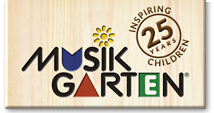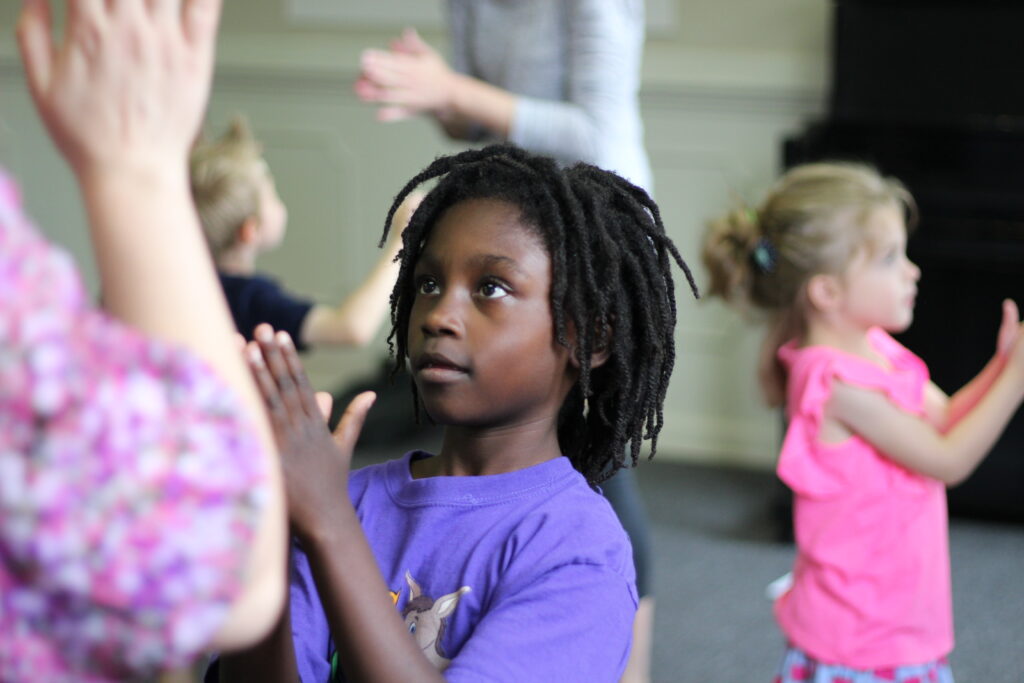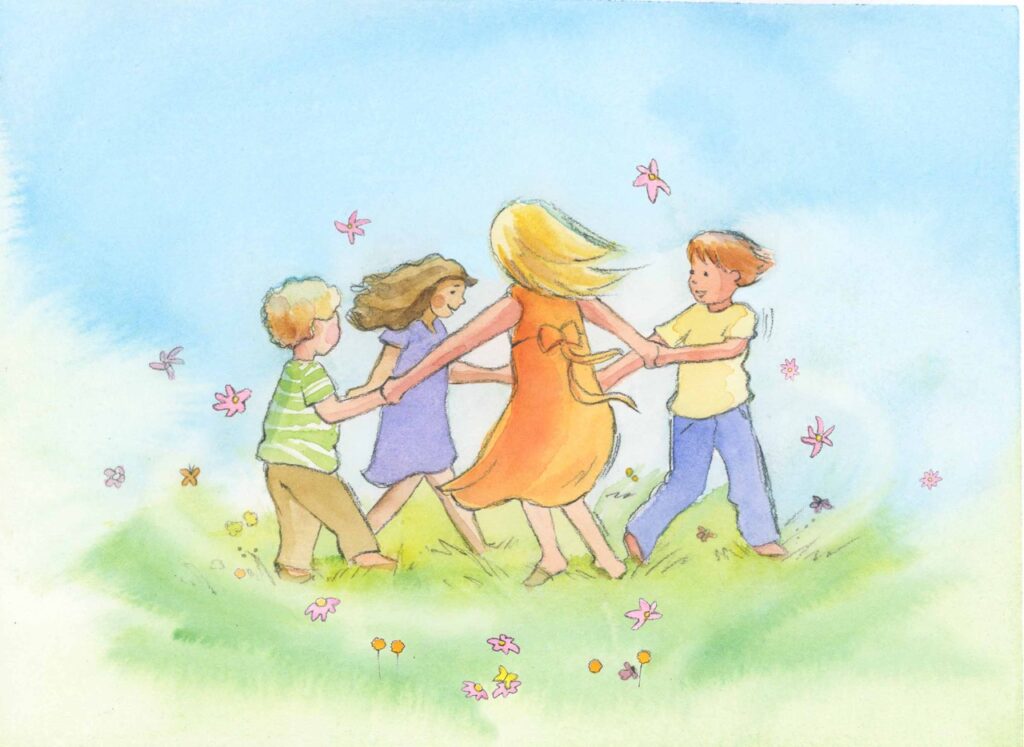Recently Ellen Johansen, a long-time studio owner in East Hampton, NY, implemented a two-month drop-in promotional strategy aimed at attracting new families to her programs. The initiative quickly paid off, with increased inquiries and a high volume of phone calls. The feedback received from parents—particularly mothers—revealed that flexibility was a key factor in their decision-making. Many working parents expressed a preference for less rigid commitments, often due to irregular work hours.
Despite these preferences, early childhood music educator understands the importance of introducing new families into structured, long-term programs, especially for early childhood development. To balance the need for flexibility and their business’s sustainability, the instructor created a system where families could drop in without committing immediately to a full program, with the added benefit of offering a major discount for those who choose to join the full program after attending several drop-in classes. In an ever-changing business climate, it’s important for music studio owners to be creative in ways of reaching new potential customers. Wanting to share her success with her Musikgarten family, Ellen posted the strategy in the Musikgarten Teachers Facebook Group to help her colleagues and ask for other fresh marketing ideas.
Marketing Growth and Management Strategies from Fellow Music Educators
Responses from other educators shed light on how various approaches to pricing and flexibility have worked for them:
- Melissa Ayotte, located in Novato, CA, shared her experiences with discounted trial classes, expressing regret over offering them because they attracted the wrong type of clients. She has since reverted to offering a single trial class at the regular price. After the class, she presents the program’s materials to potential clients, showing them what they would receive if they enrolled. She also prorates for mid-session enrollments, which provides flexibility while maintaining a consistent income stream. Ayotte’s approach aligns with findings in early childhood education marketing strategies that emphasize the importance of clearly communicating the value of materials and commitment in programs.
- Kelli Cummins-Branson, located in Winter Park, FL, emphasizes a pay-per-class option, requiring families to purchase materials as a condition for enrollment. This ensures that clients are invested in the program from the start. While she acknowledges that social media can be time-consuming, she recognizes it as an essential tool for attracting new clients, though she believes word-of-mouth remains the most effective form of promotion. Her approach underscores the growing trend of using social media for program marketing, even in time-constrained communities.
- Colleen Gallagher Roess, located in Minneapolis, MN, mentioned a successful strategy implemented by her teaching location—a banner placed in a high-traffic area a couple of weeks before the start of each session. This has proven effective in reaching local families, especially in a busy community. This approach highlights the enduring value of local, physical advertising in tight-knit neighborhoods where face-to-face communication still plays a key role.
- Helen Haynes, located in Jefferson City, MO, shared a different approach by charging monthly and allowing families to join or leave the program with a two-week notice. She requires families to purchase materials at the start of each semester and has found that most families remain enrolled for the full term or year. This model speaks to the importance of offering flexibility, which can be especially valuable in communities with diverse family structures and needs.
Insights and Conclusion
What these strategies suggest is that flexibility and clear communication with parents about the value of the early childhood music program and its materials are essential for attracting the right clients. Many parents prefer smaller, more manageable time commitments, which can be addressed through mini-sessions or shorter terms. However, providing quality materials that are integral to the program ensures that the educational value is not diluted. Additionally, promoting through word of mouth and physical advertising like banners also remains effective, especially in tight-knit communities.
For educators aiming to grow their early childhood programs, understanding and adapting to the needs of their specific community, while maintaining a balance between flexibility and program integrity, is key.







